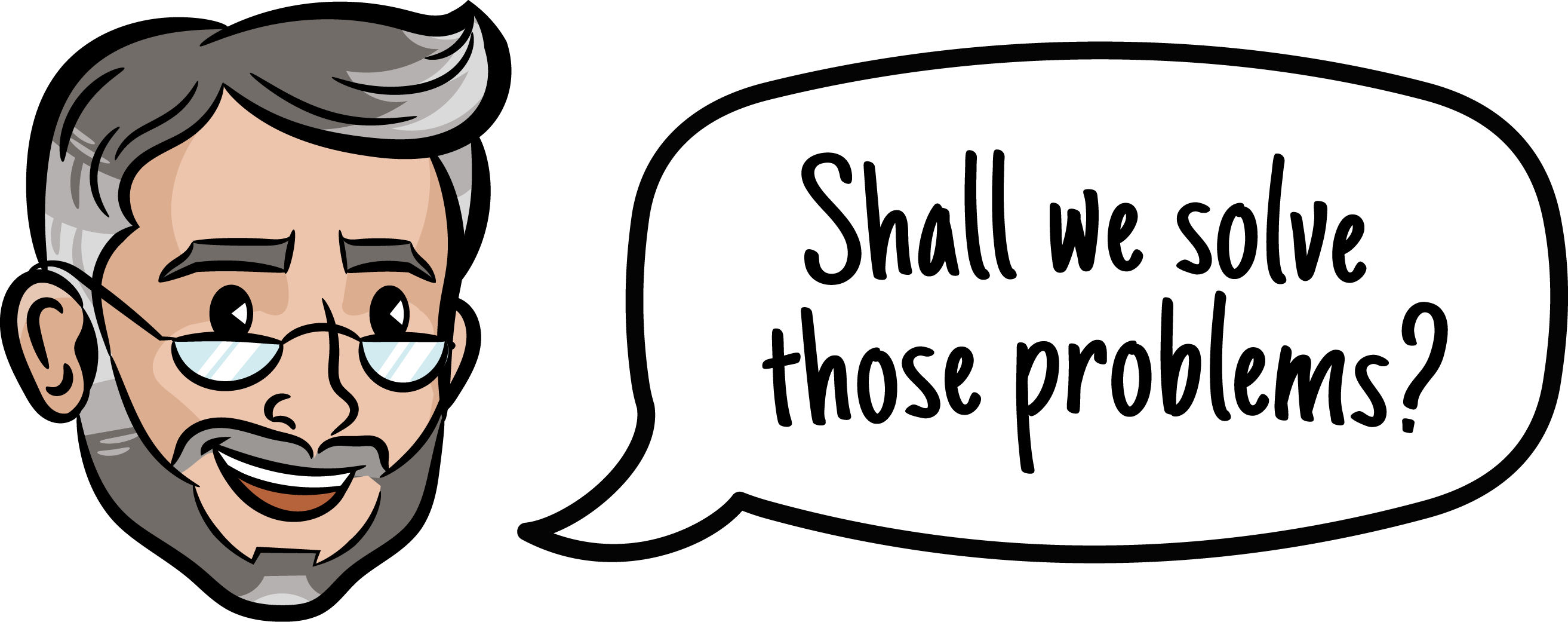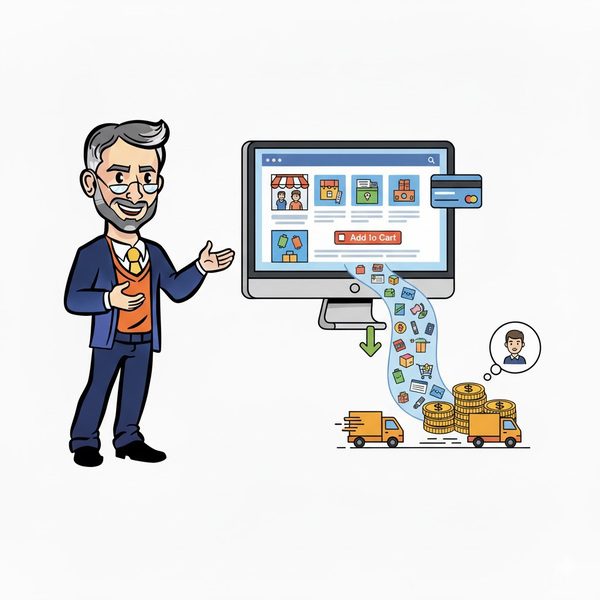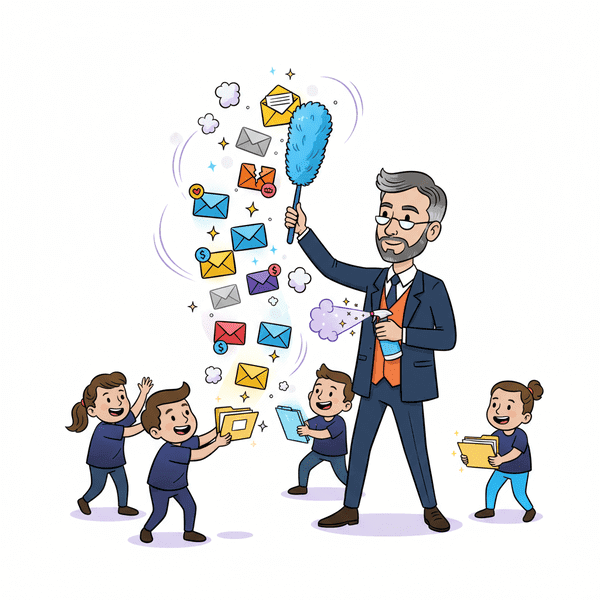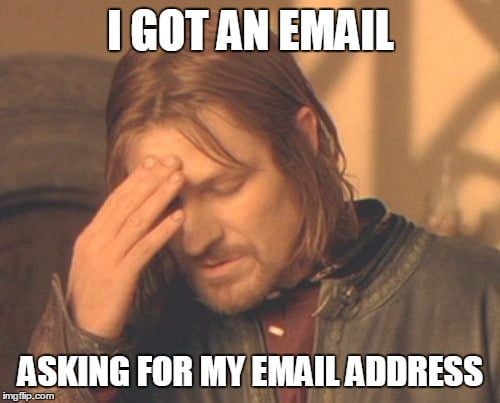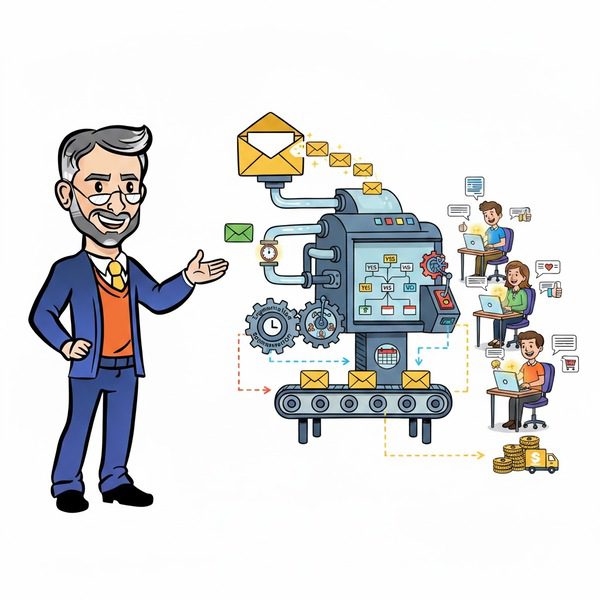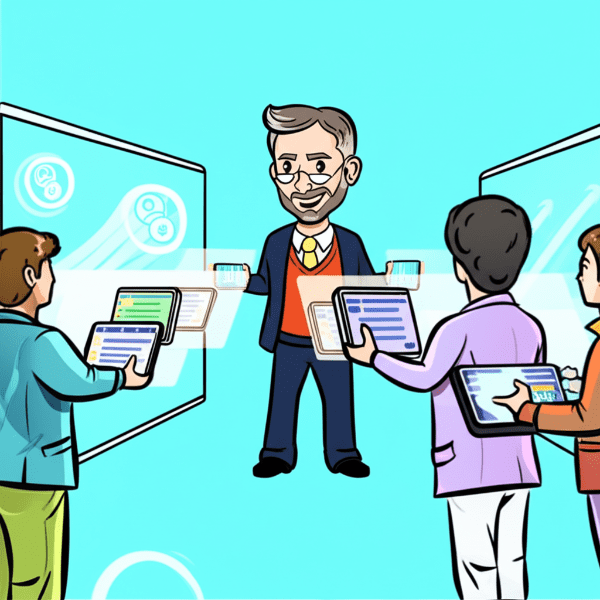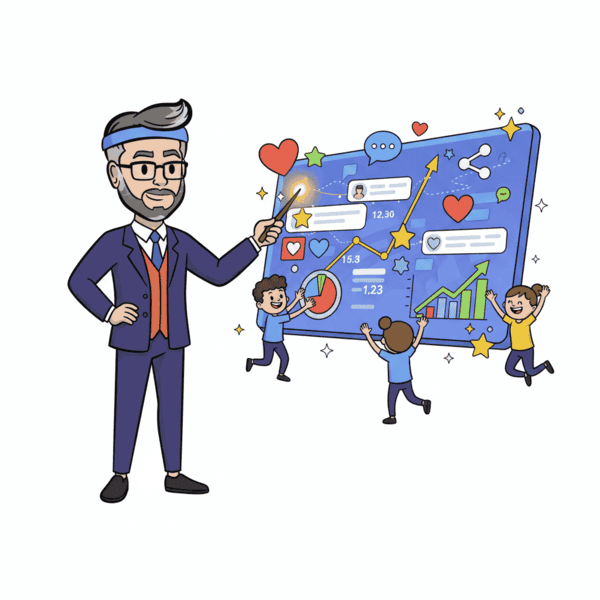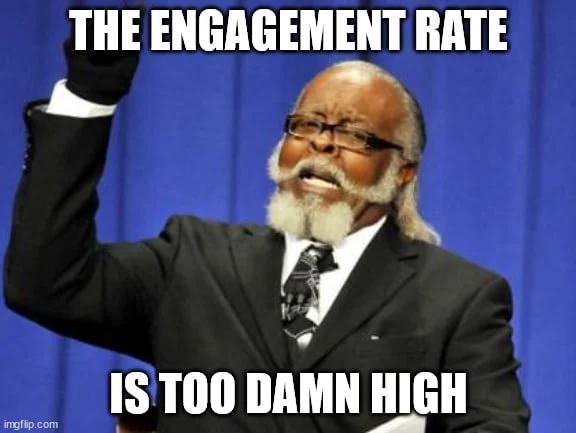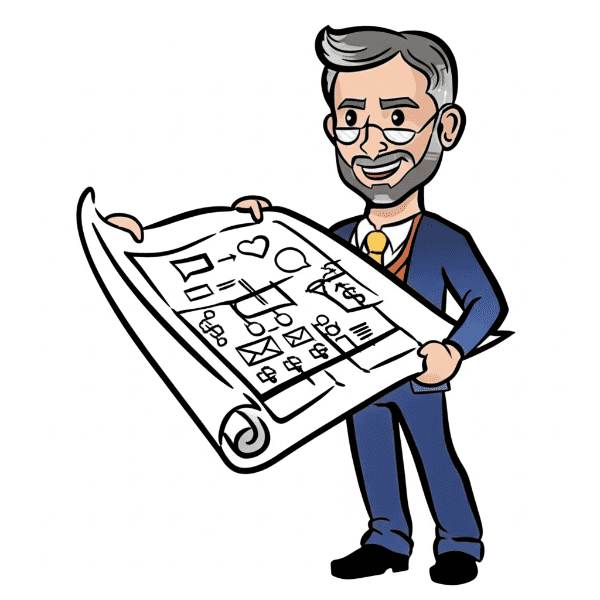Definition: Engagement velocity measures how quickly and frequently a lead or customer interacts with your brand over a specific period. It looks at the speed and intensity of engagement—such as clicks, email opens, page visits, or social interactions—to help businesses identify which prospects are becoming more interested and ready to convert.
Use it in a Sentence: The marketing team tracked engagement velocity to spot which leads were interacting more often and moving closer to a purchase decision.
Understanding Engagement Velocity in Modern Marketing
In today’s competitive digital landscape, startups are increasingly relying on hyper-personalization algorithms to drive smarter customer interactions. One crucial metric that ties directly into this effort is Engagement Velocity—a dynamic way to measure how quickly and frequently users interact with a brand over a specific period. It plays a key role in fine-tuning personalization efforts, optimizing CRM hygiene, and scaling targeted outreach.
Why Engagement Velocity Matters

- Real-Time Insights: Tracking Engagement Velocity gives marketers immediate feedback on how well campaigns are resonating. This is especially critical when deploying hyper-personalization algorithms, which rely on fast, adaptive inputs to adjust messaging in real time.
- Customer Retention: High engagement velocity often signals strong interest and satisfaction. Startups can use this metric to identify hot leads, reduce churn, and re-engage cold segments before they drop off entirely.
- Optimization of Touchpoints: By analyzing engagement velocity across channels (email, social, in-app, etc.), businesses can pinpoint which touchpoints are driving momentum and which need refining—supporting more efficient personalization workflows.
- Better CRM Hygiene: Monitoring how often users engage also helps keep CRM systems clean and actionable. Stale contacts can be flagged, re-engaged, or removed, ensuring the data powering hyper-personalization algorithms remains fresh and relevant.
Key Drivers of Engagement Velocity
- Content Relevance: Content that aligns with a user’s immediate needs or interests—delivered via hyper-personalization algorithms—naturally drives higher velocity. Timing and tone matter just as much as content type.
- Behavior-Based Triggers: Startups can increase engagement velocity by setting up automated journeys based on user behavior. A well-timed follow-up email or personalized push notification can dramatically accelerate interaction rates.
- Segmentation & Targeting: Granular segmentation ensures that messages reach the right people at the right time. When coupled with real-time data, it allows startups to act quickly on high-velocity segments.
- Lifecycle Awareness: Understanding where a customer is in their journey—from onboarding to retention—helps tailor the messaging rhythm, supporting a healthy, steady engagement velocity.
- Clean CRM Data: Well-maintained systems are key. With proper CRM hygiene, engagement data is accurate, up-to-date, and easily usable—enhancing the predictive power of hyper-personalization algorithms.
More Definitions
- Funnel Mapping Definition – The process of visualizing and optimizing the customer journey through different stages of a sales funnel.
- Lead Segmentation Definition – Categorizing leads based on behaviors, demographics, or engagement levels to improve marketing strategies.
- Page Speed Optimization: The techniques used to make a website load faster, improving user experience, reducing bounce rates, and supporting better SEO performance.
- Customer Care Marketing: A strategy that focuses on building long-term relationships by providing exceptional support, personalized communication, and added value throughout the customer journey.


